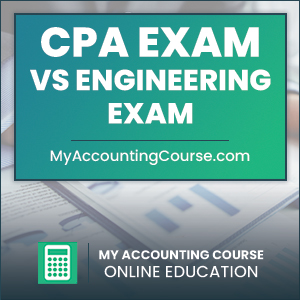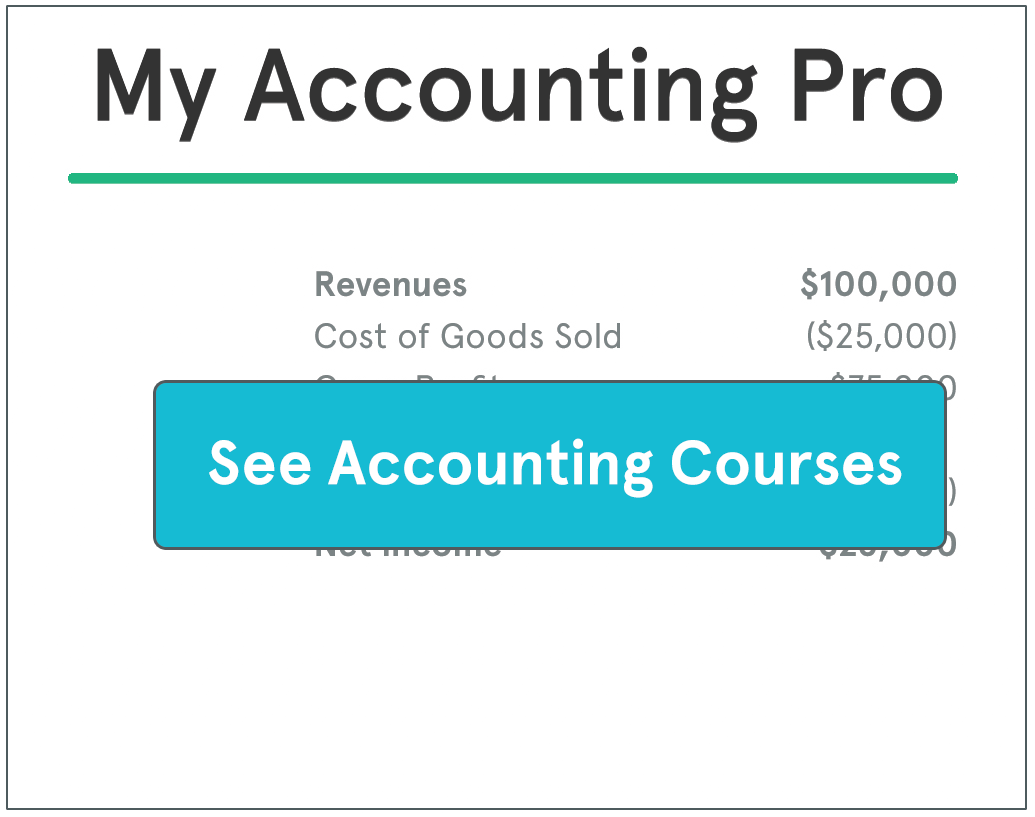 The Certified Public Accountant (CPA) Exam and various engineering licensure exams, such as the Fundamentals of Engineering (FE) and the Professional Engineer (PE) Exams, represent critical milestones in the accounting and engineering professions.
The Certified Public Accountant (CPA) Exam and various engineering licensure exams, such as the Fundamentals of Engineering (FE) and the Professional Engineer (PE) Exams, represent critical milestones in the accounting and engineering professions.
While both exams are challenging and demand rigorous preparation, they cater to distinct fields and lead to vastly different career opportunities. Understanding the key differences between the CPA Exam and engineering exams can help you choose the path that aligns with your career aspirations.
This guide explores the purpose, structure, content, and career opportunities associated with the CPA Exam and engineering exams, offering a comprehensive comparison to help you make an informed decision.
Overview of the CPA Exam
Contents
The CPA Exam is a licensure exam administered by the American Institute of Certified Public Accountants (AICPA). It assesses a candidate’s knowledge and skills in accounting, auditing, taxation, and business concepts, qualifying them to work as Certified Public Accountants.
Structure of the CPA Exam
The CPA Exam is divided into four sections:
- Auditing and Attestation (AUD): Covers auditing procedures, ethics, and professional responsibilities.
- Business Environment and Concepts (BEC): Focuses on business operations, economics, and written communication.
- Financial Accounting and Reporting (FAR): Includes financial reporting standards and accounting for various entities.
- Regulation (REG): Examines taxation, business law, and ethics.
Each section lasts four hours, totaling 16 hours of testing. Candidates must pass all four sections within an 18-month rolling window.
Eligibility Requirements
To sit for the CPA Exam, candidates typically need:
- A bachelor’s degree.
- At least 150 credit hours of education, including accounting and business coursework.
Exam Focus
The CPA Exam emphasizes technical accounting knowledge, problem-solving, and the application of accounting principles to real-world scenarios. It includes multiple-choice questions, task-based simulations, and written communication tasks.
Overview of Engineering Exams
Engineering licensure exams, such as the Fundamentals of Engineering (FE) and Professional Engineer (PE) Exams, are administered by the National Council of Examiners for Engineering and Surveying (NCEES). These exams evaluate the knowledge and skills required for engineers to practice professionally.
Structure of Engineering Exams
Fundamentals of Engineering (FE) Exam
The FE Exam is the first step toward becoming a licensed Professional Engineer (PE). It is typically taken by engineering students or recent graduates.
- Duration: 6 hours, including a break.
- Content: 110 questions covering topics such as mathematics, engineering sciences, and discipline-specific knowledge (e.g., civil, mechanical, electrical).
Professional Engineer (PE) Exam
The PE Exam is the second step in the licensure process, taken after gaining work experience (usually four years).
- Duration: 8 hours, including a break.
- Content: Discipline-specific questions focused on the candidate’s area of expertise (e.g., structural, environmental, or transportation engineering).
Eligibility Requirements
To take the FE Exam, candidates must typically:
- Be nearing graduation from an accredited engineering program.
To take the PE Exam, candidates must:
- Pass the FE Exam.
- Accumulate relevant work experience under the supervision of a licensed PE.
Exam Focus
The FE and PE Exams emphasize engineering principles, problem-solving, and the application of technical knowledge to design, analyze, and manage engineering projects.
Key Differences Between the CPA and Engineering Exams
Purpose
- CPA Exam: Certifies individuals to work as licensed public accountants, focusing on accounting, auditing, taxation, and financial reporting.
- Engineering Exams: Certify individuals to practice as licensed engineers, focusing on design, analysis, and implementation of engineering projects.
Structure
- CPA Exam: Four sections completed over an 18-month period.
- Engineering Exams: Two stages (FE and PE) completed over several years, with work experience required between stages.
Content
- CPA Exam: Covers a broad range of accounting, auditing, and business topics.
- Engineering Exams: Focus on mathematics, physics, and discipline-specific engineering principles.
Career Pathways
- CPA Certification: Leads to roles in public accounting, auditing, taxation, corporate finance, and consulting.
- Engineering Licensure: Opens doors to careers in design, construction, project management, and specialized engineering fields.
Preparation for Each Exam
CPA Exam Preparation
Preparing for the CPA Exam typically involves:
- Review Courses: Comprehensive study materials, including video lectures, practice questions, and task-based simulations.
- Time Commitment: Hundreds of study hours over six to 12 months.
- Focus: Mastering technical accounting concepts and applying them to practical problems.
Engineering Exam Preparation
Preparing for engineering exams generally involves:
- FE Exam: Review of foundational engineering concepts and problem-solving techniques.
- PE Exam: Study of discipline-specific topics and real-world applications.
- Time Commitment: Several months for each exam, depending on prior knowledge and experience.
Pass Rates and Difficulty
CPA Exam
The CPA Exam has a pass rate of approximately 50% per section. Its difficulty lies in the breadth of content, technical nature, and the 18-month window to pass all sections.
Engineering Exams
- FE Exam: Pass rates are around 70% for first-time takers.
- PE Exam: Pass rates vary by discipline but typically range from 50-70%. The PE Exam is considered more challenging due to its specialized focus.
Costs Associated with Each Exam
CPA Exam
Costs include:
- Application fees.
- Exam fees for each section.
- Review course expenses.
Total costs typically range from $1,500 to $3,000.
Engineering Exams
Costs include:
- Registration fees for the FE and PE Exams.
- Study materials and prep courses.
Total costs range from $500 to $2,000, depending on preparation resources.
Choosing the Right Path
The decision between the CPA Exam and engineering exams depends on your career goals:
Choose the CPA Exam if you are passionate about accounting, auditing, and taxation. It is ideal for those aiming to work in public accounting, corporate finance, or consulting.
Choose Engineering Exams if you aspire to design, build, and manage engineering projects. They are suited for individuals interested in technical problem-solving and innovation.
Bottom Line
The CPA Exam and engineering exams represent distinct paths to professional licensure in accounting and engineering. While the CPA Exam tests accounting expertise across multiple sections, the FE and PE Exams evaluate technical knowledge and practical applications in engineering disciplines. Both paths require dedication, rigorous preparation, and a commitment to excellence.
By understanding their differences, you can align your career goals with the right certification, paving the way for success in either accounting or engineering.


